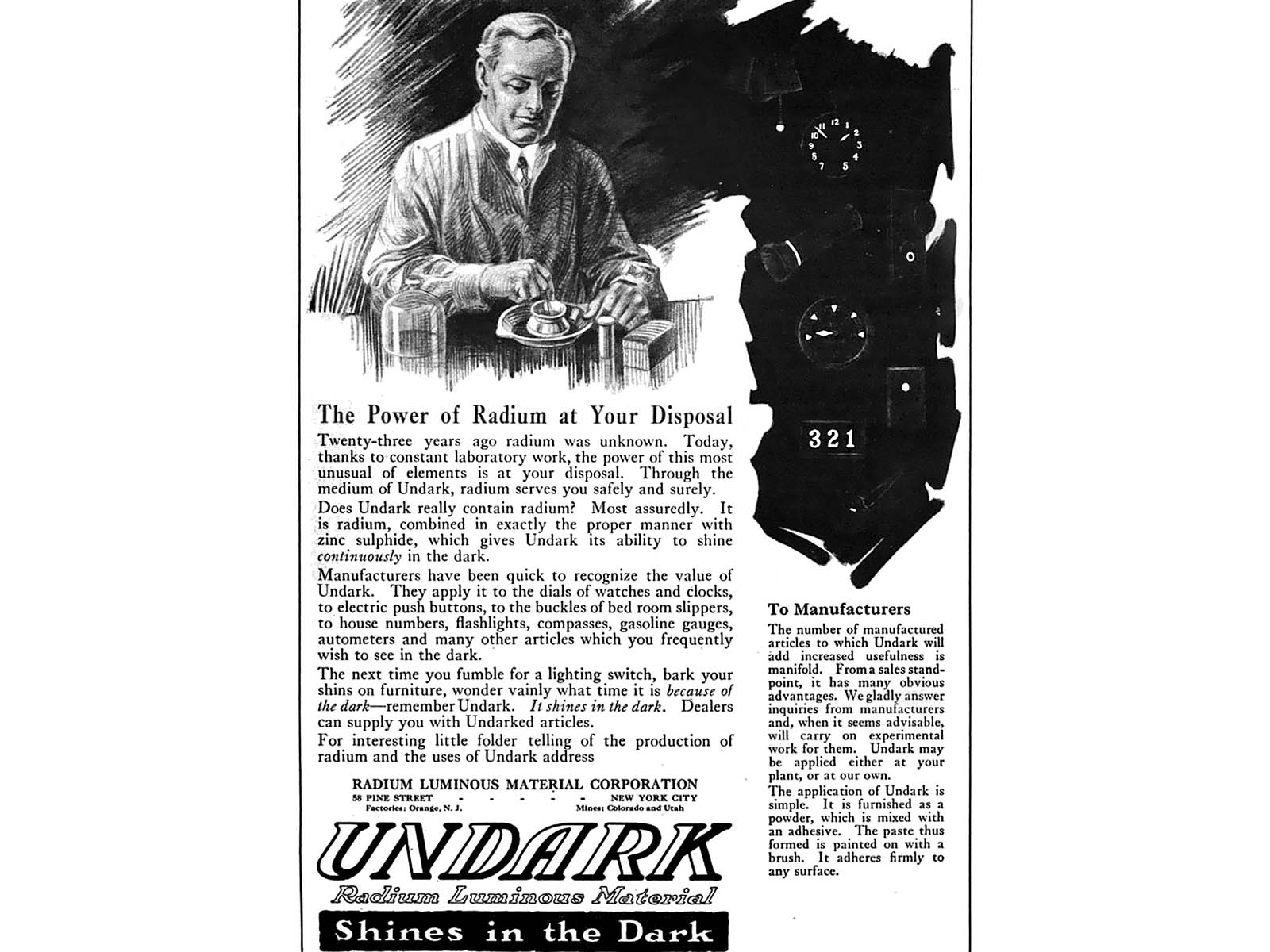

However, the effect of 223RaCl 2, and more generally alpha particles, on osteocytes in bone is not well known ( 5, 10). Past studies that examined the effect of 223RaCl 2 on bone cells have focused on bone forming osteoblasts and bone resorbing osteoclasts with both suffering DNA damage and population-decrease in the femurs of mice treated with 223RaCl 2 ( 8, 9). Because of this long retention, and its resulting chronic irradiation, bone can accumulate mean absorbed doses in the range of tens of Gy, which is typical for therapeutic administered activities ( 4). This is followed by very slow biological clearance from bone, and progeny radionuclides remain largely in equilibrium with the parent 223Ra ( 4, 7). The uptake of 223RaCl 2 by bone is fast and unbound material is cleared rapidly. Alpha particles are high linear energy transfer (LET) radiation with densely ionizing tracks that create complex DNA damage and increase the frequency of non-rejoining DNA double strand breaks in DTC ( 6). Due to their short range (<100 μm), alpha particles are ideal for sparing bone marrow cells ( 4, 5). It is the only bone seeking treatment that has increased overall survival of advanced stage prostate cancer patients ( 3). 223RaCl 2 is USFDA-approved for treatment of castrate resistant prostate cancer that has metastasized to bone ( 2). An emerging candidate for treating DTC is radium-223 dichloride ( 223RaCl 2), an alpha particle emitting radiopharmaceutical that localizes preferentially to bone. These disseminated tumor cells (DTC) ( 1) often reside in the bone marrow, lie dormant, and eventually form skeletal metastases. Breast cancer cells detach from the primary tumor and become circulating tumor cells (CTC), and then disseminate to various tissues in the body. Metastatic breast cancer severely compromises the life expectancy of patients. Implications: This observation supports clinical investigation of the efficacy of 223RaCl 2 to prevent breast cancer DTC from progressing to oligometastases. Radiation-induced bystander effects contribute to DTC-cytotoxicity caused by 223RaCl 2. MDA-MB-231 but not MCF-7 bystander cells showed increases in apoptosis in 223RaCl 2 treated animals, as did irradiated osteocytes. The extent of DNA damage was quantified by increases in low (1–2 foci), medium (3–5 foci), and high (5+ foci) damage. Osteocytes also had DNA damage regardless of inoculated cancer cell line.

Bystander MDA-MB-231 cells expressed DNA damage at both treatment levels while bystander MCF-7 cells required the higher administered activity.

Irradiated and bystander MDA-MB-231 and MCF-7 cells harbored DNA damage. At 1- and 3-days postinoculation, tibiae were harvested and examined for DNA damage (γ-H2AX foci) and apoptosis in osteocytes and cancer cells located within and beyond the range (70 μm) of alpha particles emitted from the bone surface. MDA-MB-231 or MCF-7 human breast cancer cells were inoculated intratibially into nude mice that were previously injected intravenously with 50 or 600 kBq/kg 223RaCl 2. Characterizing these effects contribute to understanding the efficacy of alpha particle emitting radiopharmaceuticals and guide expansion of their use clinically. To understand how 223RaCl 2 affects the growth, we have quantified biological changes caused by direct effects of radiation and bystander effects caused by the emitted radiations on DTC and osteocytes. Radiation-induced bystander effects have been implicated in contributing to the growth delay of disseminated tumor cells (DTC) caused by 223RaCl 2, an alpha particle emitting radiopharmaceutical.


 0 kommentar(er)
0 kommentar(er)
